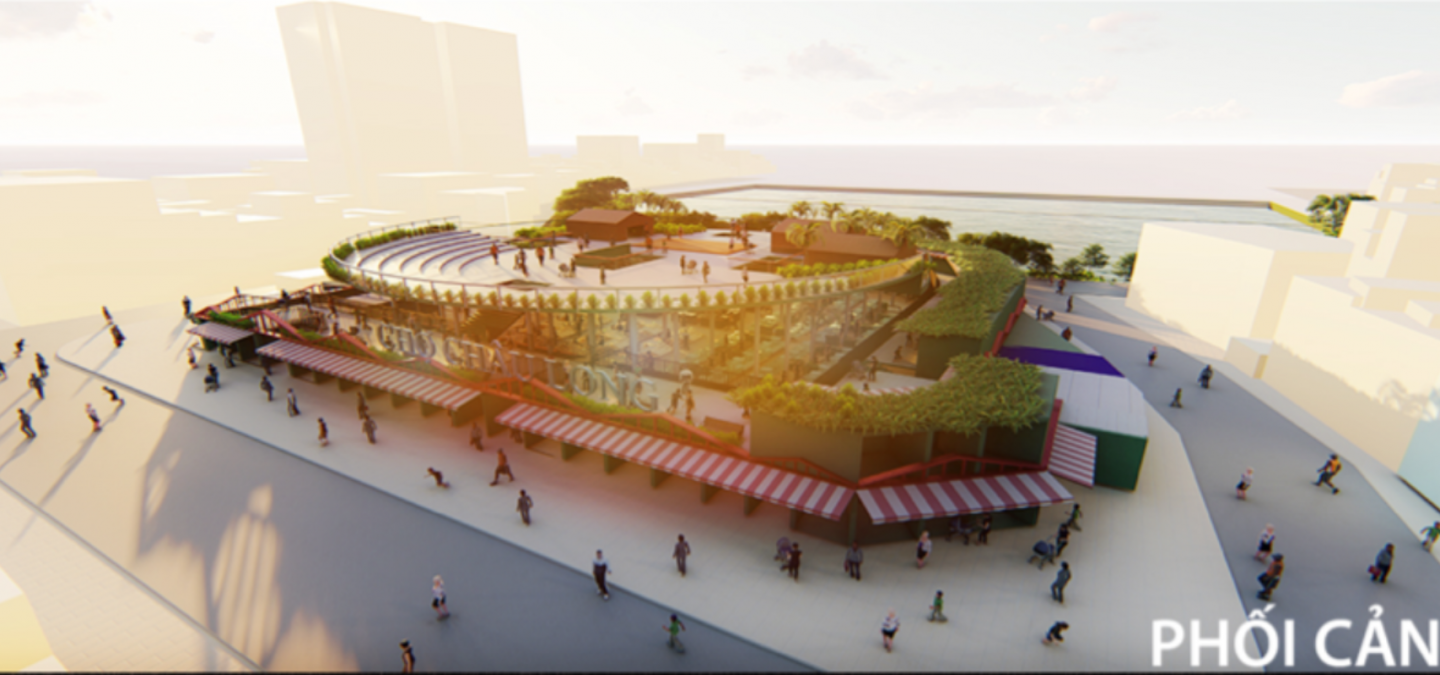
Keep up with our latest news and projects!

As a public health NGO, HealthBridge cares deeply about the condition of public wet markets in Hanoi. They provide affordable, fresh and nutritious food to urban residents, especially the poor. In 2011, there was a decision made by the Hanoi government to replace all markets in the inner city with supermarkets and commercial centres, which were considered more ‘modern’. In response, HealthBridge conducted a ‘Save the Markets’ campaign and was successful in overturning the government’s decision.
Still, the question remains: what should happen with the 350 wet markets in central Hanoi and surrounding districts? How can you ‘modernise’ these traditional markets while still retaining their authenticity and core reason for being? Leaving them in their current, often decrepit, condition is not an option.
Markets are too important to the future of the city. Their trade areas cover the urban core of the city, and statistics show that they remain the preferred place to shop for fresh food, because of their convenience and low prices. Thousands of people — urban and rural — depend on these markets for their livelihoods, and it is these personal relationships between vendors and customers that bring people back day after day.
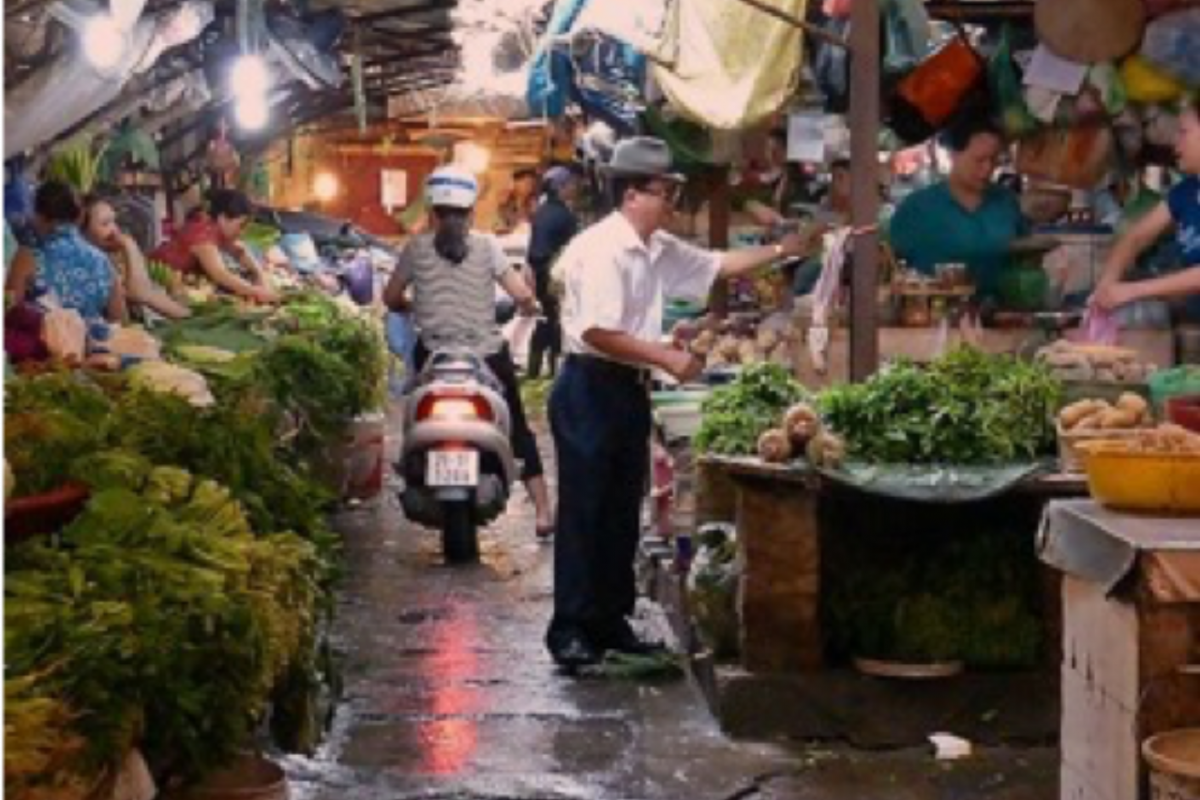 Motorbike rides through Chau Long Market
Motorbike rides through Chau Long Market
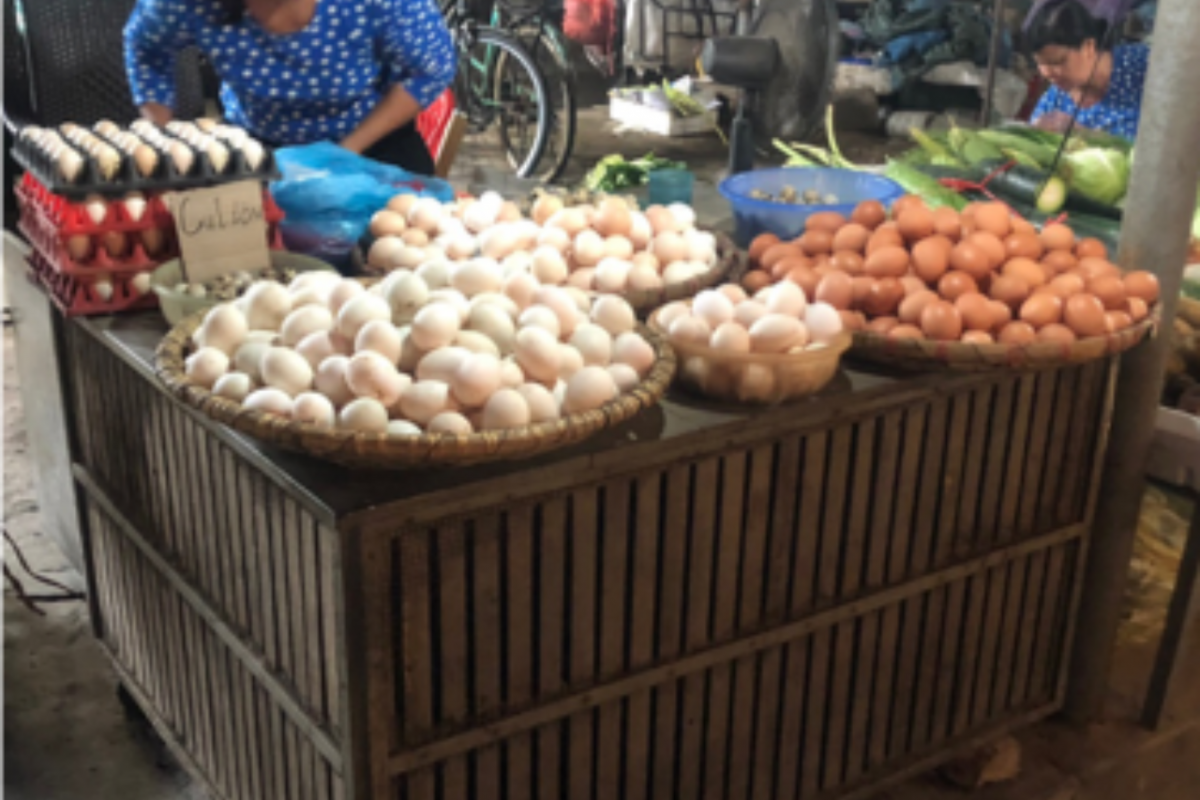 A well-designed vendor stall, Ngoc Lam Market
A well-designed vendor stall, Ngoc Lam Market
Hanoian wet markets are challenged by a perfect storm of issues: modernisation in a country that has one of the fastest growing economies in the world, with one of the youngest populations; a lack of understanding the value that markets bring to the city; rampant, homogenised development; poor maintenance and food safety standards; and the fact that people now have choices ranging from entrepreneurial street vendors to an ever-increasing number of supermarkets, hypermarkets, and even online shops.
One other curious problem: shoppers are convinced that they must be able to drive their motorbike right down the market aisles and stop at any stall. At one market we surveyed, 70% of the customers arrived by motorbike and only 4% parked them. This presents a different kind of safety challenge: customer safety!
HealthBridge invited Stephen Davies to Hanoi to assist local architects in developing design concepts to revitalise the wet markets in the city. The collaboration took place over three fruitful weeks and involved studying local needs and generating design concepts to meet the expectations of market operators and stakeholders — and to make markets better public spaces. Other key partners included the Hanoi Architects Association and a new design centre, AGOhub, who gathered over 20 young architects to volunteer to participate in our process. We based our project in part on policy work already completed by the city’s think tank, the Hanoi Institute for Economic and Social Development (HISDED), which had prepared a lengthy report outlining recommendations for future action.
Our goal with this effort was to develop new design approaches to revitalise three wet markets in the city — Chau Long Market, Ha Market, and Ngoc Lam Market — as models for other markets. All had stakeholders who were interested in renovating the market in the near term, with varying levels of funding available. The plan was to put ideas into action as quickly as possible, so we could demonstrate each market’s potential. These projects could also be laboratories for identifying policy changes — and the changes in operation and management — that would be needed to make investments more effective.
Leading up to the design workshop, we met with the management and key stakeholders for each of the markets; conducted customer and vendor surveys, and carried out extensive analyses and audits. Following the workshop, the designs were presented to these same stakeholders and later to a larger group of policymakers. In general, the response has been largely favourable, including some 25 articles in local media, all of them positive.
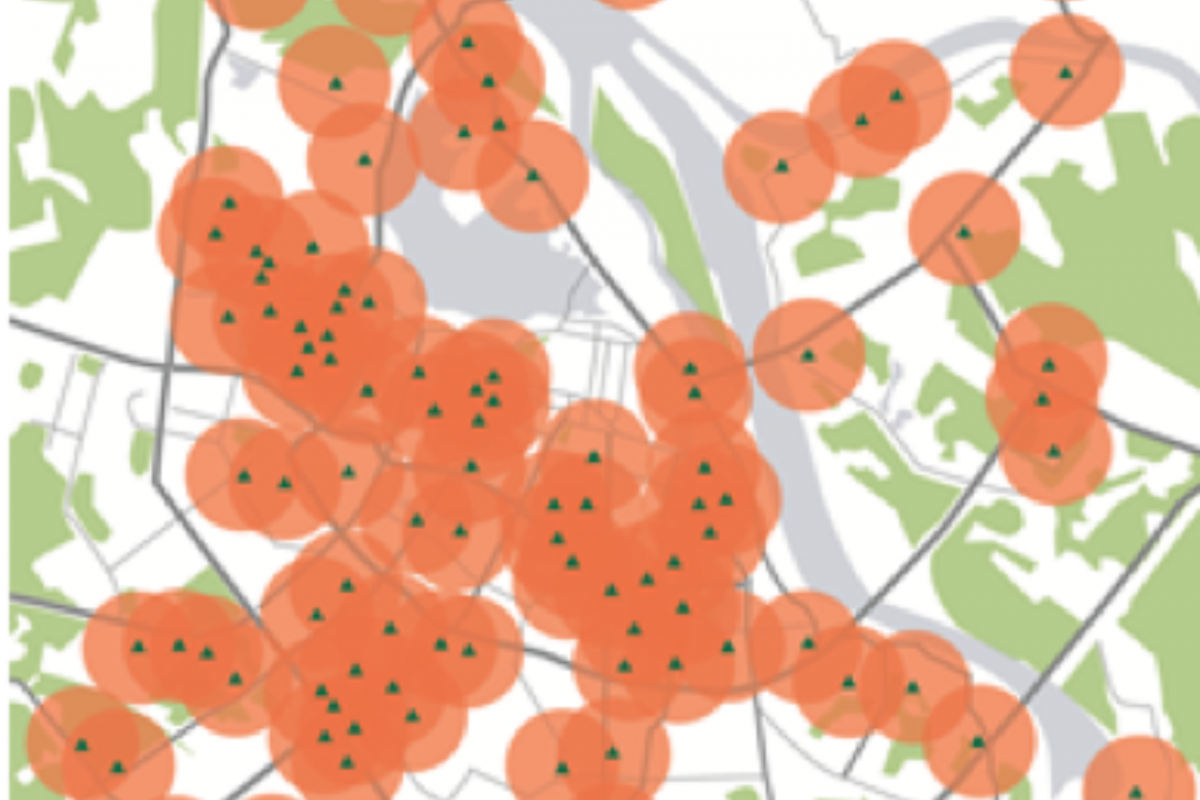 A map of Hanoi showing the location of wet markets and the walking distance (in orange) to them, demonstrating how they serve most of the city.
A map of Hanoi showing the location of wet markets and the walking distance (in orange) to them, demonstrating how they serve most of the city.
During the design process, we sought to develop practical solutions to a series of specific problems:
This last question inspired great creativity in the designs. Markets are public spaces in themselves, but seating and recreational spaces are often limited. Interior public spaces can be the focal points for markets and communities. Furthermore, markets can anchor any public space around them and create opportunities to enliven these spaces as community destinations. Designs developed showed how markets could help create new public spaces in districts where space is limited (such as a waterfront esplanade next to a market, or a rooftop park on top of one). Public officials in Hanoi had not thought of their markets in this way before and found these ideas especially exciting.
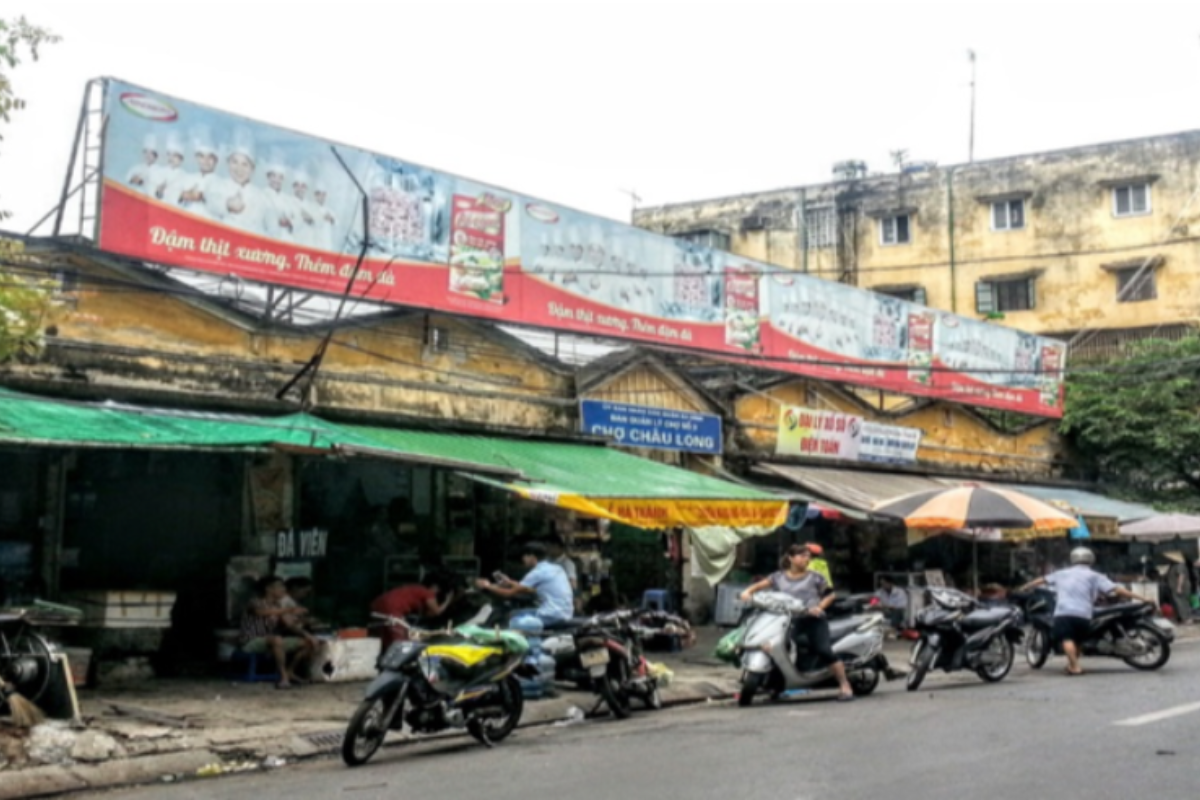 Chau Long Market today.
Chau Long Market today.
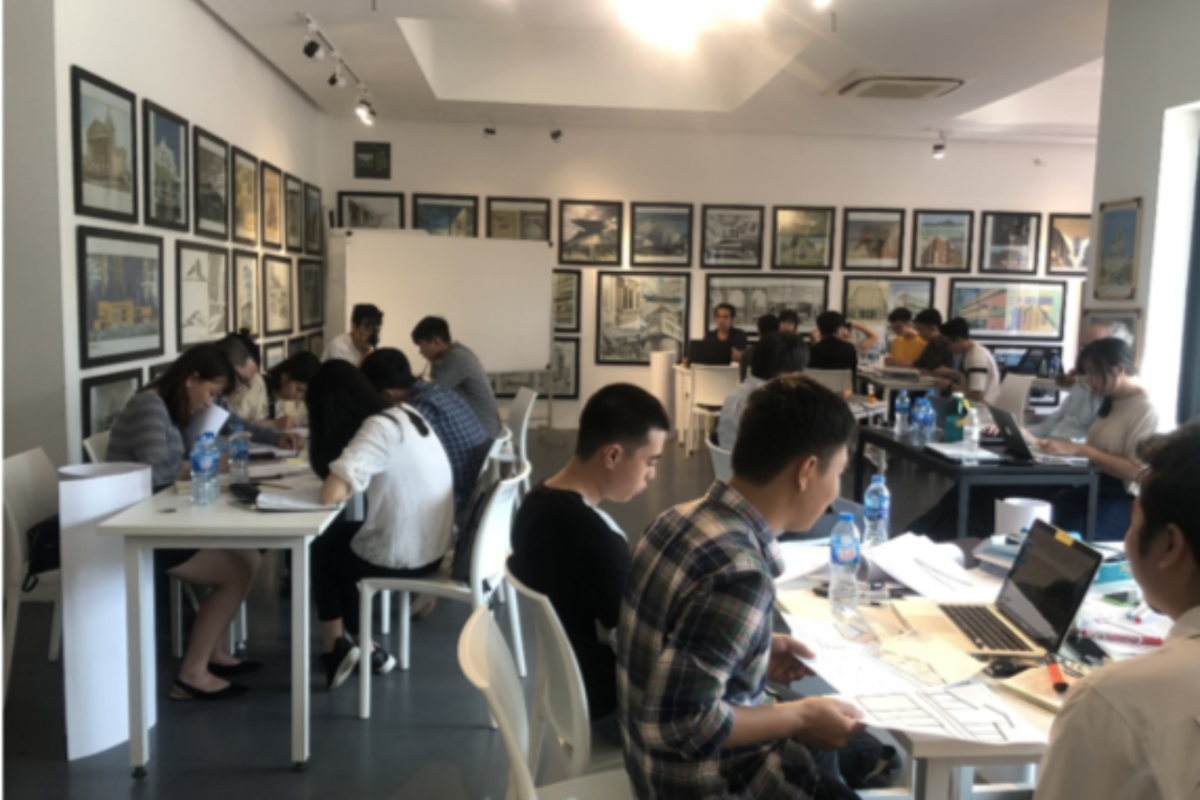 Workshop
Workshop
The design ideas that emerged from this project are just that: ideas. They are intended to stimulate interest and demonstrate the potential that Hanoi wet markets can achieve with the right kind of reinvestment, management and operations, and policy support.
As the design of the three model markets were developed, important lessons were learned that will be applied as HealthBridge and the Hanoi Architects Association move forward with this project.
Although challenges remain, there are some very positive signs that have emerged from this project. Vietnam is now working on a new policy for wet markets to be adopted in 2020, and is collaborating with HealthBridge on this effort. Our goal is for them to recognise that the recommended principles described above should be considered when approving any project to rebuild/improve wet markets. The ‘New Vision for Wet Markets’ project was also nominated as a finalist in the For Love of Hanoi Awards in August 2019, which honours significant contributions to the capital city. The awards are organised annually by the Hanoi People’s Committee and sponsored by the The Thao & Van Hoa newspaper and Bui Xuan Phai Fund. Finally, HealthBridge is continuing to work with local authorities in the districts of the three markets to discuss, plan and pilot the improvements of each market, taking into consideration the proposed design concepts.
A version of this article was originally published by HealthBridge on January 8, 2019 and Project for Public Spaces on March 1, 2019.
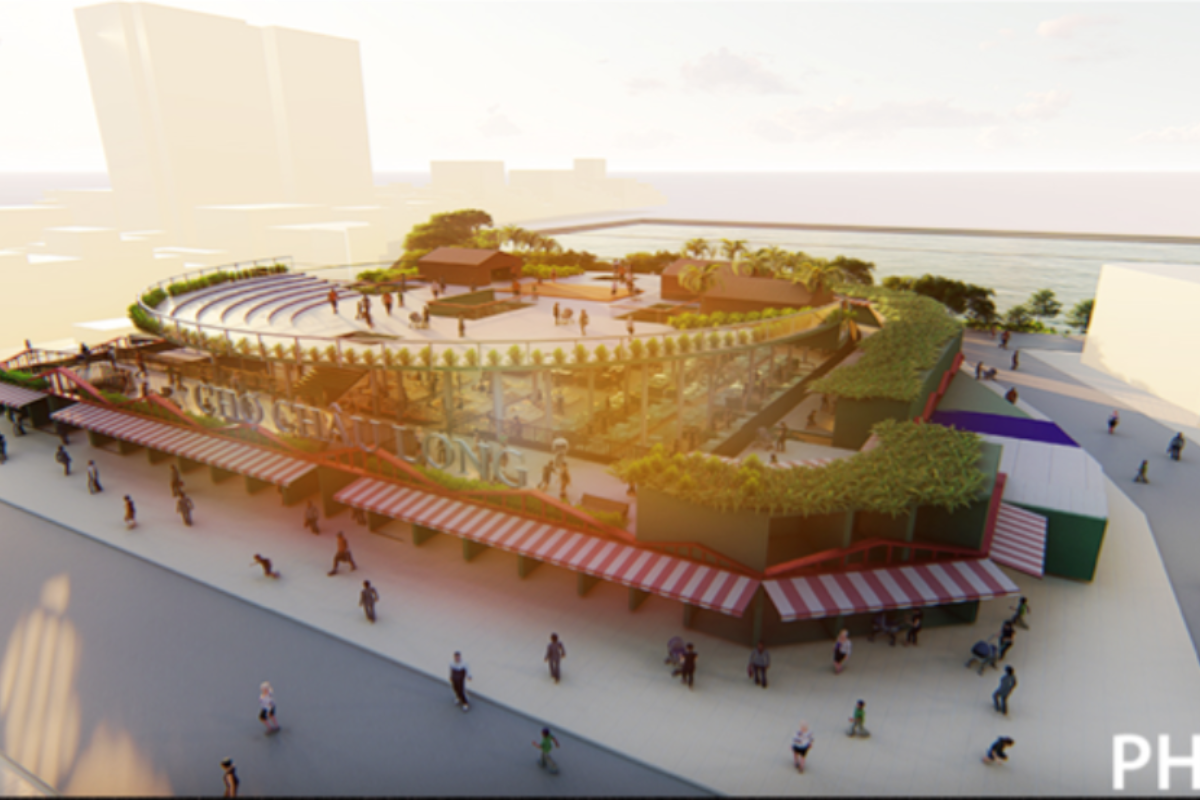 One design concept for the renovation of Chau Long Market included a public park on the roof and a new mezzanine for cafes and cooking demonstrations.
One design concept for the renovation of Chau Long Market included a public park on the roof and a new mezzanine for cafes and cooking demonstrations.
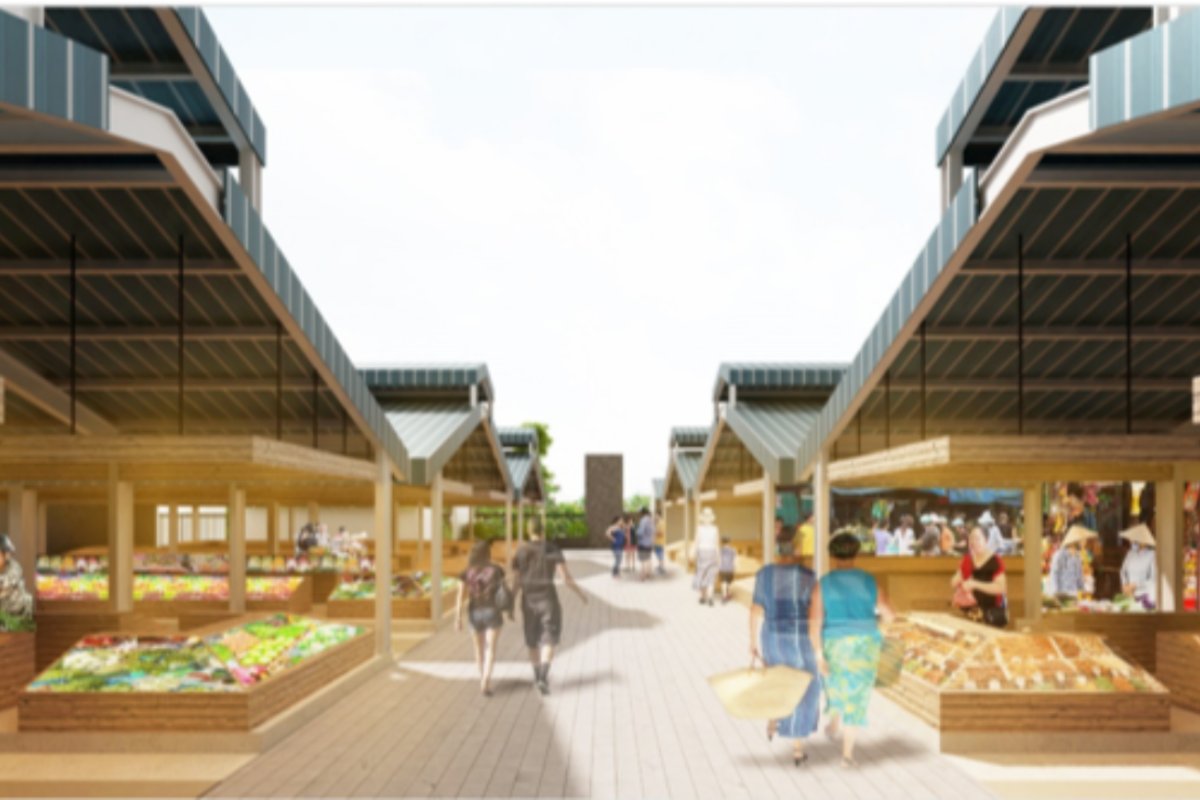 Proposed Improvements to Ngoc Lam Market.
Proposed Improvements to Ngoc Lam Market.
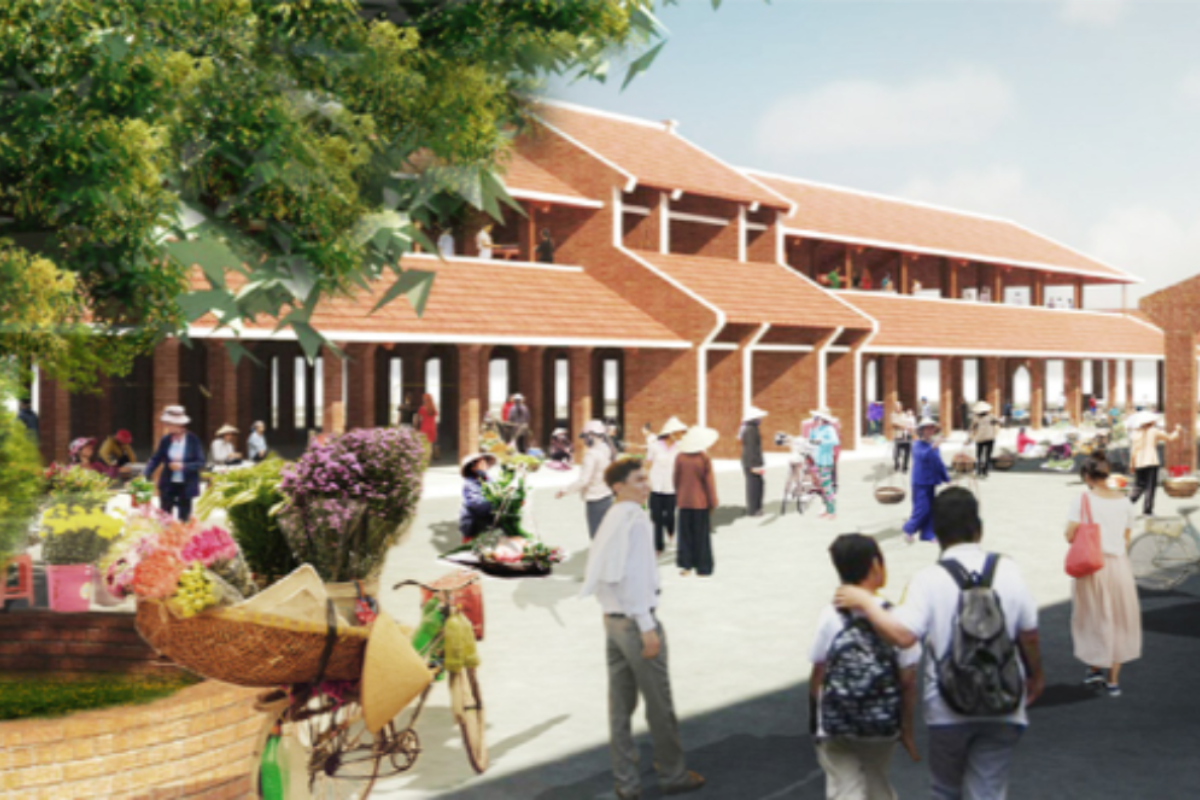 Proposed public space for the Ha Market.
Proposed public space for the Ha Market.